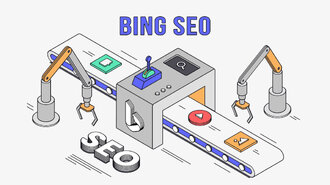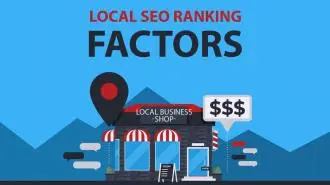Summary / TL;DR
Getting a website onto page one of Google involves aligning content with search intent, using SEO best practices, and focusing on user experience. Sites that rank highest typically use long-tail keywords, create high-quality content over 2,000 words, and optimise technical elements like URLs, meta tags and responsiveness. Google prioritises relevance, authority, and usability, with mobile-first indexing and location-based SEO offering additional ranking opportunities. Featured snippets and answer boxes also boost visibility. Websites can rank for free by leveraging Google My Business, securing backlinks, and maintaining consistent, updated business profiles. Regularly writing blogs, earning positive reviews, and using internal linking enhances results.
You’ve tried everything—crafting great content, optimising your site, keeping a close eye on the metrics—but the organic traffic just isn’t coming your way.
A common misconception is that writing unique articles and having a suitable SEO architecture will help them rank higher on Google and other search engines. But there’s more to it than that because you need to look deeper and take care of the little things to increase visibility.
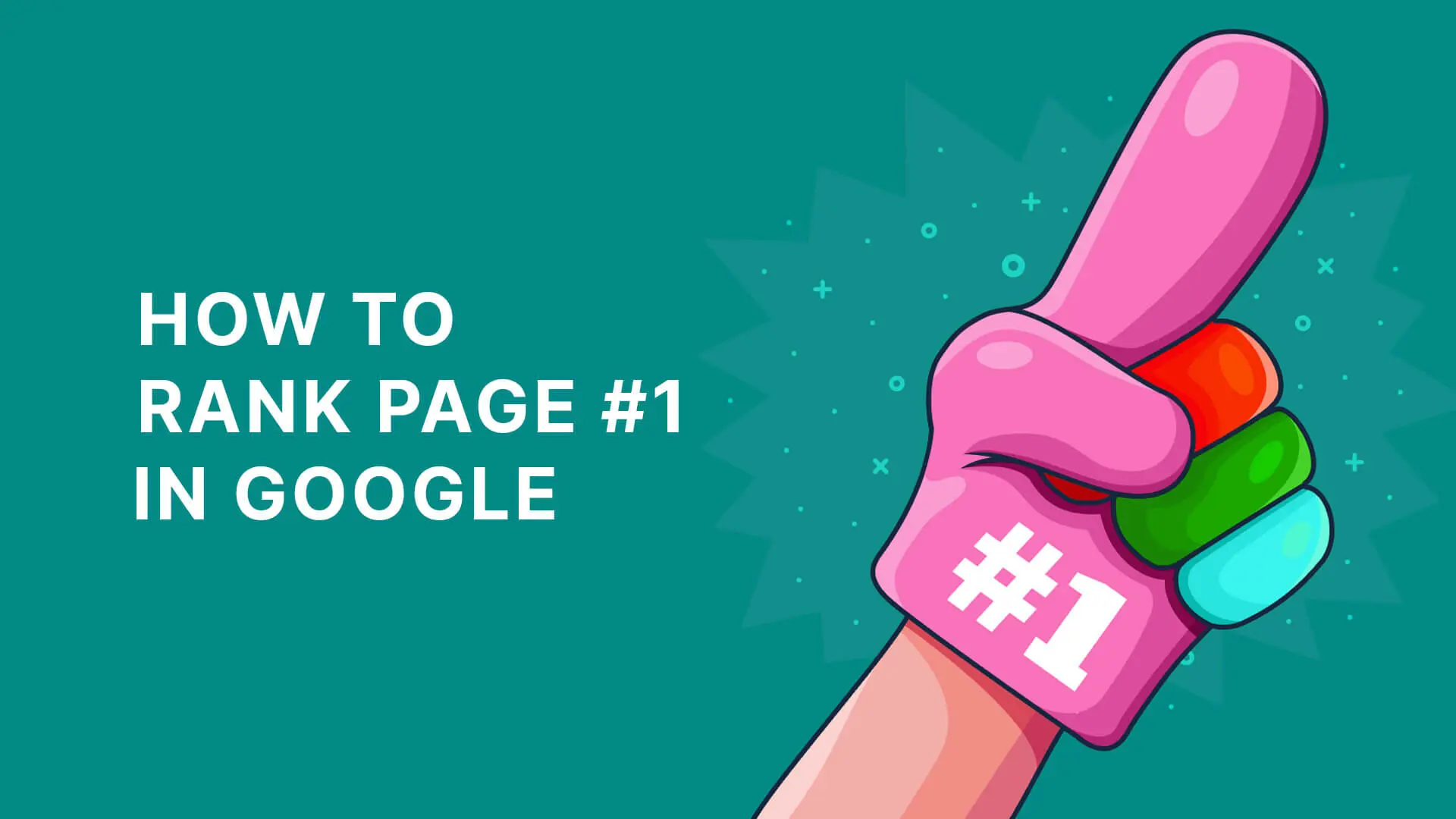
For instance, what keywords are you using? Who is your target audience, and what value are they getting by visiting your website? These are some of the many questions we will help you answer in today’s guide to ensure your website ranks on the first page of Google.
Want to receive updates? Sign up to our newsletter
Each time a new blog is posted, you’ll receive a notification, it’s really that simple.
Why Is The First Page Of Google Search Results Important?
We haven’t even got into the pool’s deep end, but we can already see that you’re bursting with questions regarding your ambition to want to rank on search engines. Can we venture a guess — Do you want to know why it’s essential to rank toward the top of Google’s search results?
After all, this isn’t professional sports — why should you invest all that time and effort to aim for the top spot? Many quality pages provide value to readers but still rank lower.
These are valid points, but let’s be honest—how often do you click on a site from the 2nd or 3rd page of Google results? Would you be reading this article if it weren’t right here on page 1?
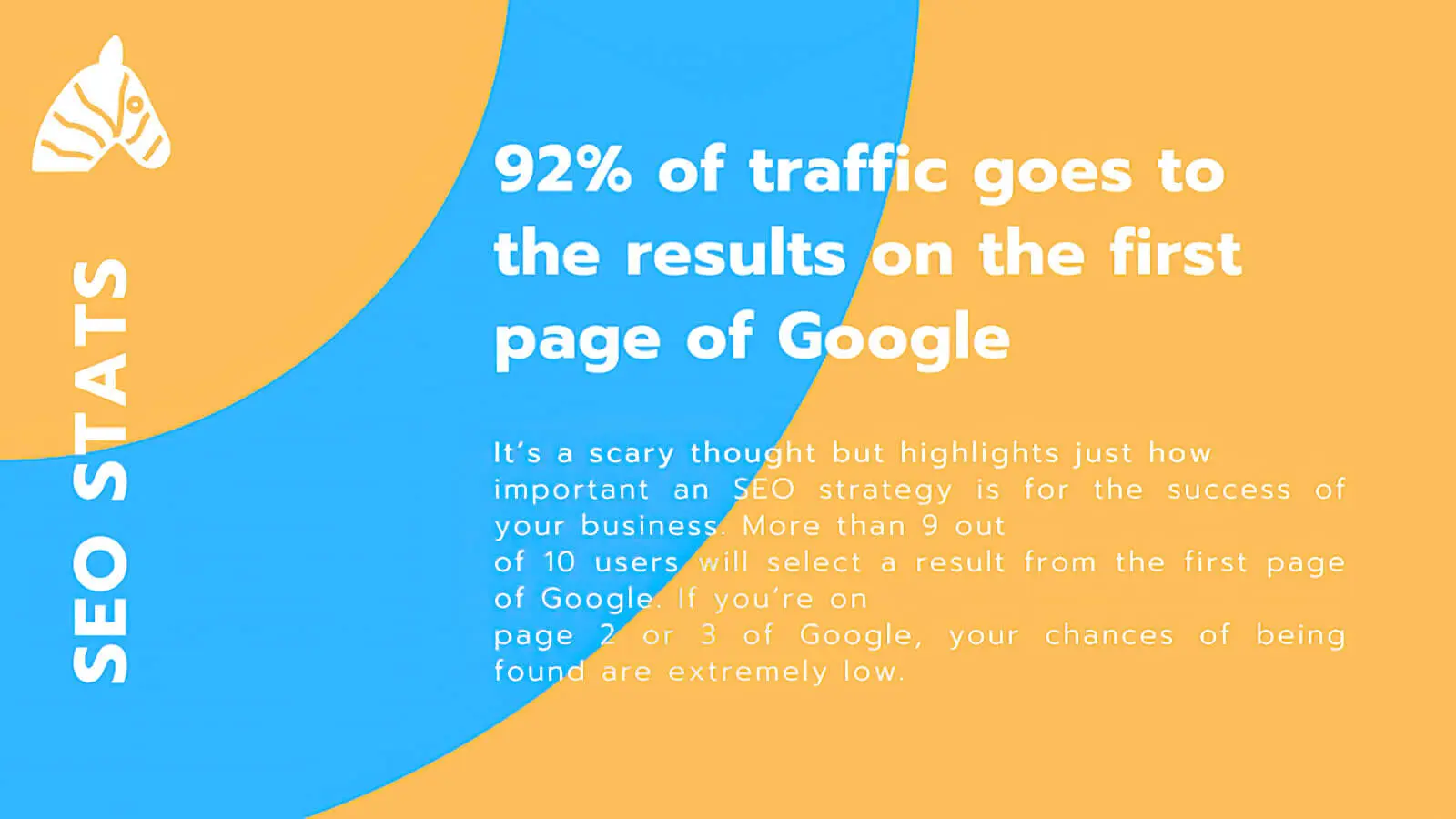
We don’t intend to bamboozle you with these follow-up questions, so let’s discuss the facts. Over time, the Google Search engine results have become more robust, thanks to local results, answer boxes, knowledge panels, and related questions.
Most importantly, the chances of getting on the first-page decrease drastically with less website traffic as you go down the results page. If this is the situation on the first page, imagine how audience engagement and the brand image take a hit on the other pages.
We’ve put together top insights backed by stats and data for you to explore. Have a look to boost your understanding.
1. Click-Through Rates
We have already told you how lower-ranked search results see a drop in click-through rate click-through rates, and here is a study to justify those claims. The first search engine result has a click-through rate of 36.4%, but the number falls drastically for the second and third results — 12.5% and 9.5%, respectively.
The click-through rate drops to 2.2% for those not in the top 10, usually number 10. But recently, the competition has become more intense as fewer spots are up for grabs, with answer boxes, local results, and Google Ads taking up a large chunk of space.
2. Exposure
everyone notices that ranking 1 on Google’s Search Engine Results Pages gives a feeling similar to coming first in your class. And for businesses, it’s vital to be noticed because it leads to greater engagement with the target audience. The top web pages get a featured snippet when they rank first, which leads to immediate exposure and brand credibility.
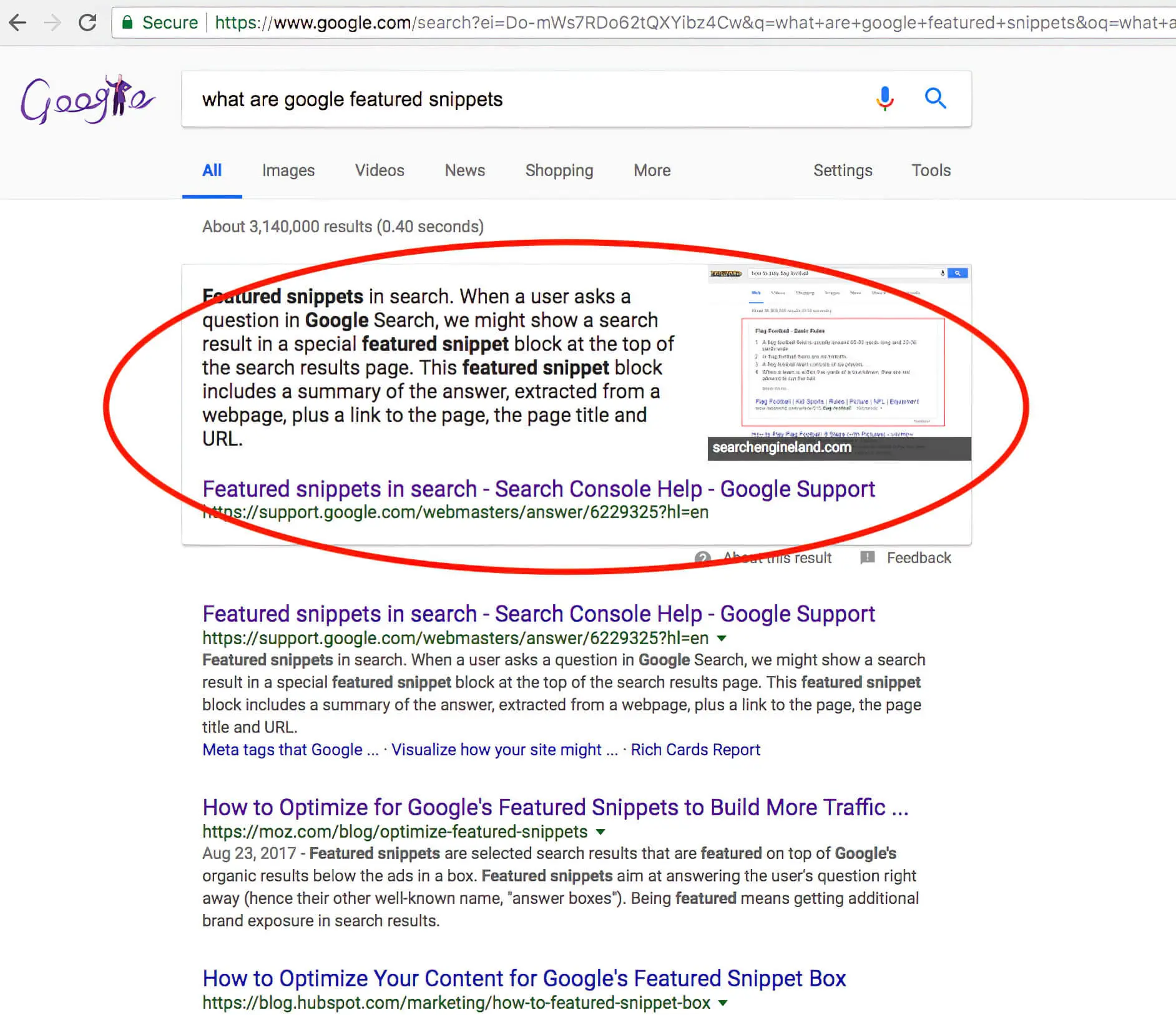
3. Traffic Share
Just as there is a difference in the click-through rates for the top and bottom Google Search results, the best web pages also attract a major share of website traffic. With the top result contributing to 33% of the search traffic, there’s only so much left for the others. In other words, it might be lonely at the top, but a higher Google ranking and greater brand reputation will keep you company.
The Impact Of Ranking On Page 1 For Your Business
Understanding why the first page of Google is crucial, let’s connect it to SEO practices that can boost your online presence. Here, we’ll explore how being on page one helps you reach your business goals.
1. Lead Generation
The staple diet for any web page is attracting new customers without losing existing ones, but it’s easier said than done. Because different searches have different first pages, how will you rank first on all of them?
There’s no need to, provided you are on top of the most relevant searches related to your business.
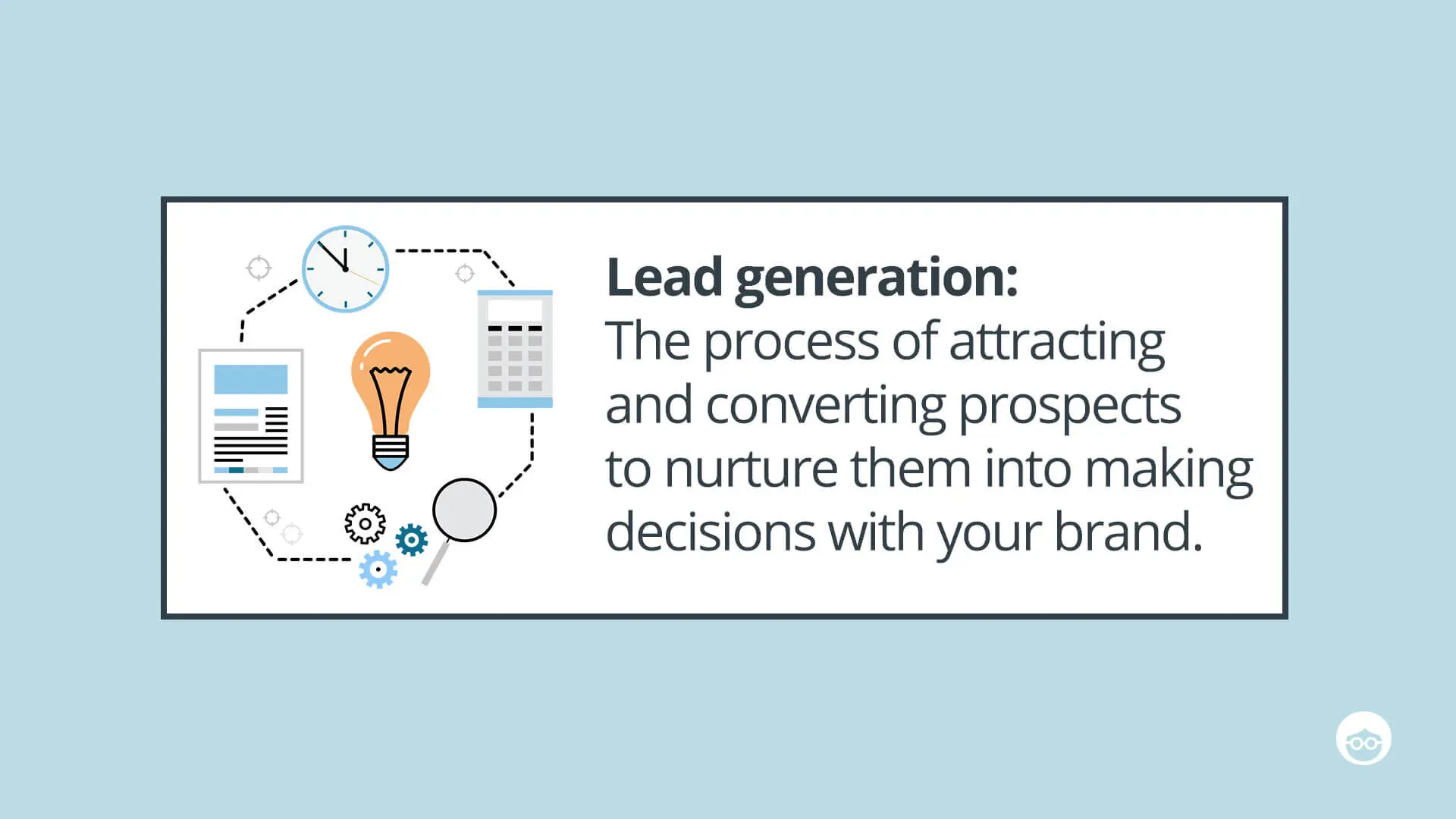
By tracking customer behaviour, you gain invaluable keyword ideas and stay on top of the latest market trends. You can also learn the most common searches for your target audience. Studying the data makes it easier to create content, which increases the chances of consumers finding your web page when searching for a query.
This results in lead generation and converts customers willing to buy or engage with your brand or other local businesses.
2. Website Traffic
While featured snippets and meta descriptions provide a tease of what your website can offer, consumers will have to visit the web page to know more. Getting customers interested in your business is only a part of the goal; the bigger aim is engaging with them.
It would be best to remain patient since it takes several Google Searches before a customer chooses your brand. Ranking on the first page of Google is another advantage because it receives 71-92% of the total web traffic. Even if your website appears on the second page, the total traffic for that page is a meagre 6%, so the difference is startling.
With more traffic, your business will continue growing and stay relevant for longer.
3. Visibility
Carrying on from the earlier point, visibility is essential to growing your business profile. Think of the shops strategically located on the main street compared to those situated further away. Inevitably, people flock to the former due to their easy accessibility and because you can’t miss them.
Similarly, the first page on Google receives more than 167 billion searches every month, so appearing on this page is much like walking on a ramp. Everyone is bound to notice, and instead of the latest couture, you can offer services and programmes to benefit consumers. It helps increase brand awareness and guarantees higher conversions in the long run.
4. Engagement
Buyers will engage with your brand only after they have conducted research. However, the good thing is that most of these are Google Searches, with Adweek reporting that 81% of buyers choose to do research before online shopping. But did you know that customers can learn about a business without clicking on the website?
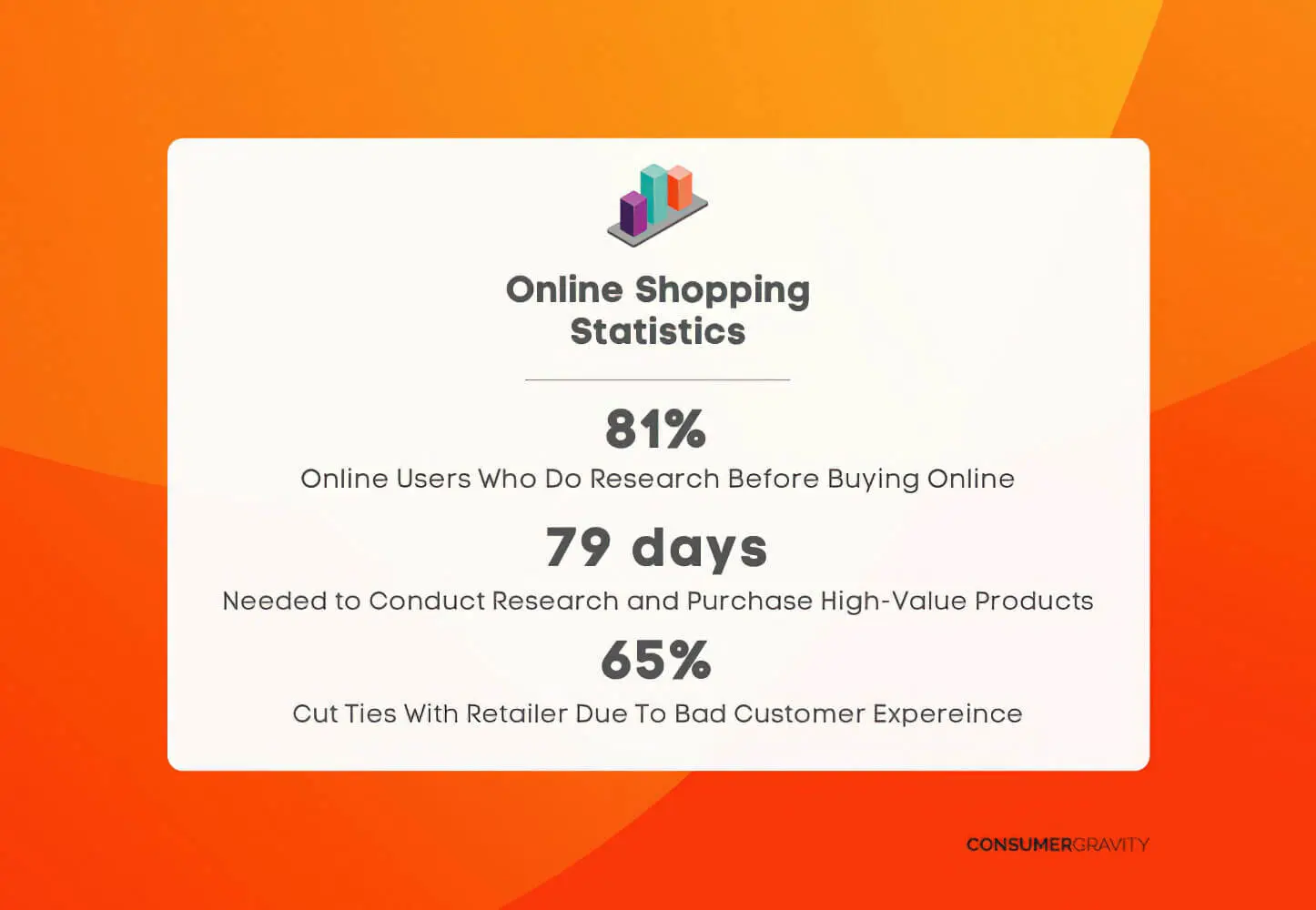
This is possible thanks to the answer boxes, Google Maps, contact information, reviews, descriptions, ratings, comparisons, and the “People Also Ask” section. Remember these metrics to curate relevant content and align the business to the search results.
5. Trust
One of the benefits of ranking at the top is the trust people show in your brand. By now, consumers know that Google’s algorithm is designed to flag pages that have irrelevant, suspicious, spammy, and low-quality content. That means a higher-ranked page satisfies Google’s performance metrics and can be trusted.
Consumers will keep returning to your page for more information or to avail of further services in such a scenario.
6. Sales Cycle
Ranking first is a fantastic way to jumpstart your sales cycle and attract new customers to your site. With information just a click away and countless options, it’s simpler than ever for buyers to research before purchasing.
Luckily, most people are Google Searchers and are likely to click on your web page when it appears at the top.
7. Industry Authority
For your website to be a regular on the first page of Google, the only option is to curate high-quality content and ensure that it aligns with consumers’ demands. When you satisfy both these criteria, the website traffic and trustworthiness of the brand are bound to increase, even if it takes a little longer.
You might feel overwhelmed trying to stay updated with the latest trends and consumer behaviour, but it’s not that difficult. Learning about modern marketing practices and audiences’ requirements will become easier as you create content regularly. Once you have established a wide knowledge base, you can grow the business further by consistently delivering high-quality content.
8. Recirculating Content
The value of high-quality content is truly understood when you recirculate and redistribute it without having to brainstorm every day. Good content is like fine wine — like a table of contents, it remains helpful and never goes out of style.
This is where having the wide knowledge base we spoke about earlier proves useful, as you can keep promoting valuable content through social media marketing and other channels. Thanks to concerted content-driven campaigns, you can adjust to any situation to keep existing customers interested while attracting new buyers.
How Does Google Work?
Search engines like Google use automated systems that visit various websites around the clock, taking snapshots of them. This way, each page is stored in a massive database, helping algorithms keep things organised.
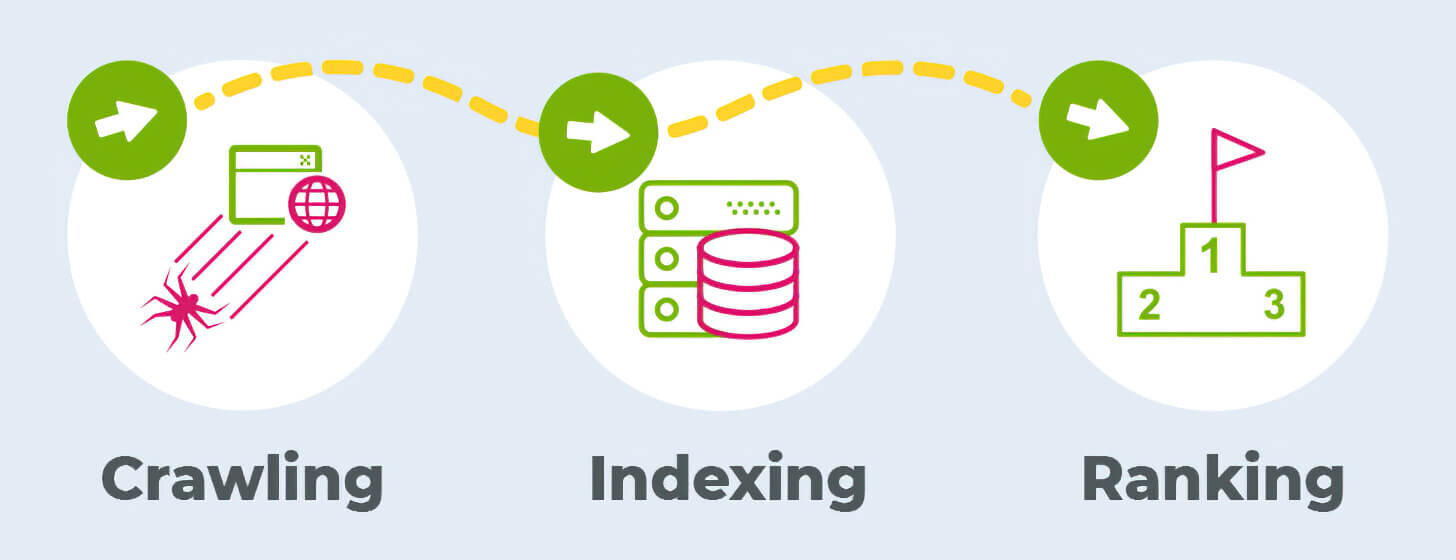
The snapshots help Google read every word on a page, along with videos, photos, audio, etc., to determine its relevance and subject matter. For a particular keyword search, Google banks on this data to decide which pages to show, including the order in which they appear.
When your website proves relevant for a keyword or phrase, it automatically appears higher.
Is There Any Way To Rank On Page 1 For Free?
Google is concerned about the quality of a web page rather than the quantity of content. As a result, there’s no guarantee that a company with a heavy wallet will rank higher since you can make it to page 1 for free.
We aren’t kidding because Google’s results pages are based on several components, and you can create various types of content to achieve the desired results. Some of these include:
- Organic results, such as web pages and blog posts
- Using a Google My Business Account
- Making it to the featured snippets
How To Get Your Website On Page 1 Of Google?
It’s time to get down to business and discuss how to attract organic traffic to your website, but first, let’s look at the task you’re up against. If you’re starting, competing with websites with high domain authority and garnering substantial traction because they don’t use everyday keywords is challenging.
Some of the top websites have occupied the first page of Google for several years and use popular industry keywords, create top-notch content, and generate multiple backlinks. But there’s no reason to worry because we have found how you can alter your online strategy for the best results.
1. Long-Tail Keywords
Rather than just popular search terms, consider focusing on long-tail keywords. These keywords face less competition and can cost less since many competitors target the obvious ones. With long-tail keywords, you can achieve high conversions without breaking the bank.
To understand how they work, don’t look at them individually; consider these keywords because their cumulative effect is equivalent to other target keywords. Plus, long-tail keywords are responsible for most searches on Google, prove cost-effective, require less time, and are easier to rank for.
People will visit your site regularly when they find detailed information about what they are looking for. That’s why Amazon prefers long-tail keywords, which contribute to most sales. The main point in favour of these keywords is that they look for specific information and are less generic compared to short-tail keywords.
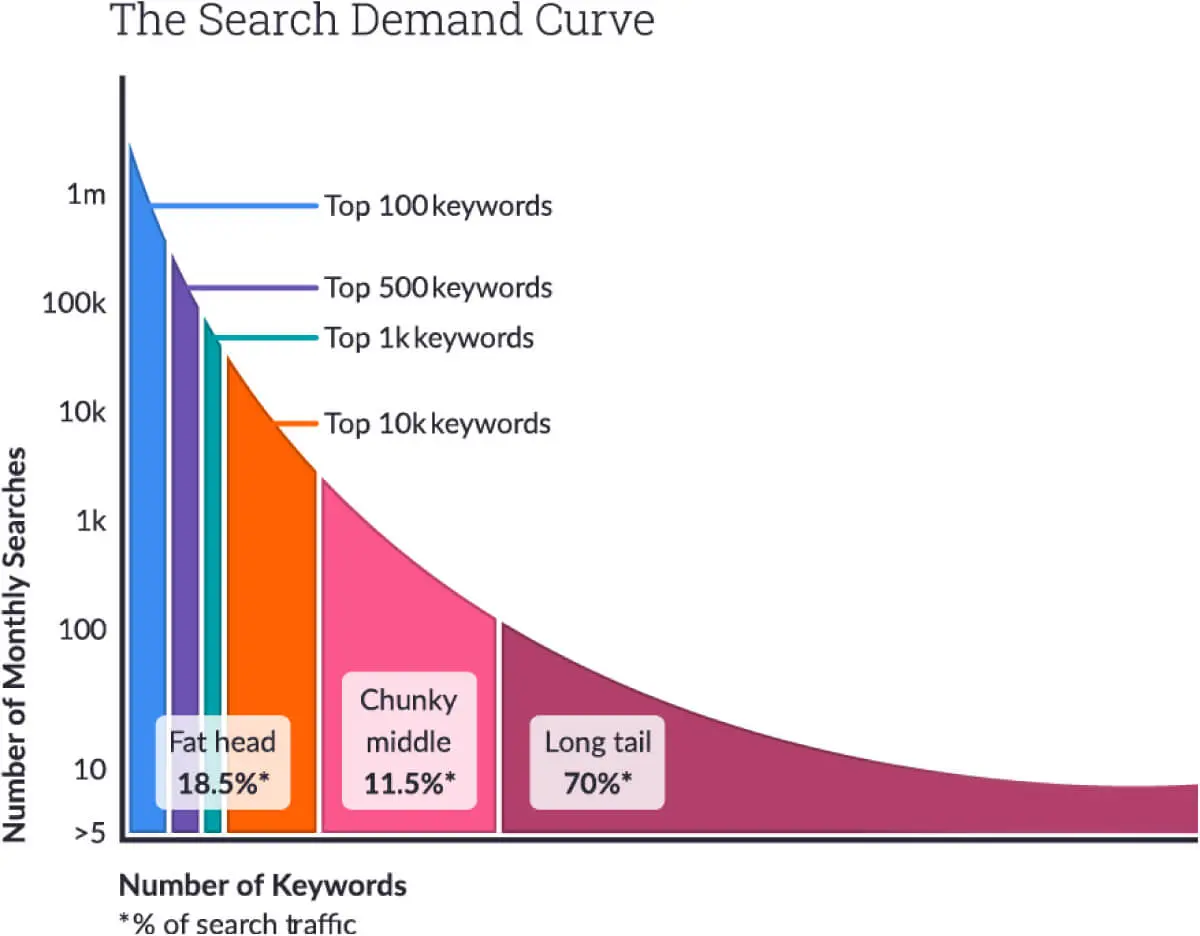
Although they have a lower search volume, the conversion rate is higher, and you don’t need to compete against sites with high domain authority. Also, remember that website traffic without conversions is meaningless, and it’s best to optimise the content based on the long-tail keywords to dominate the Search Engine Results Pages.
2. Use Google Ads
Google AdWords is a highly effective strategy that most people ignore because it doesn’t bring in organic traffic. To explain this, let’s start with a simple Google Search for “best plumbing services.”
On the first page, you will likely find ads occupying the top spots and come across a featured snippet before even getting to the organic search results. Does this mean that the ads have the upper hand? Not precisely, because if you look at the keyword phrase we used and the results, they don’t align.
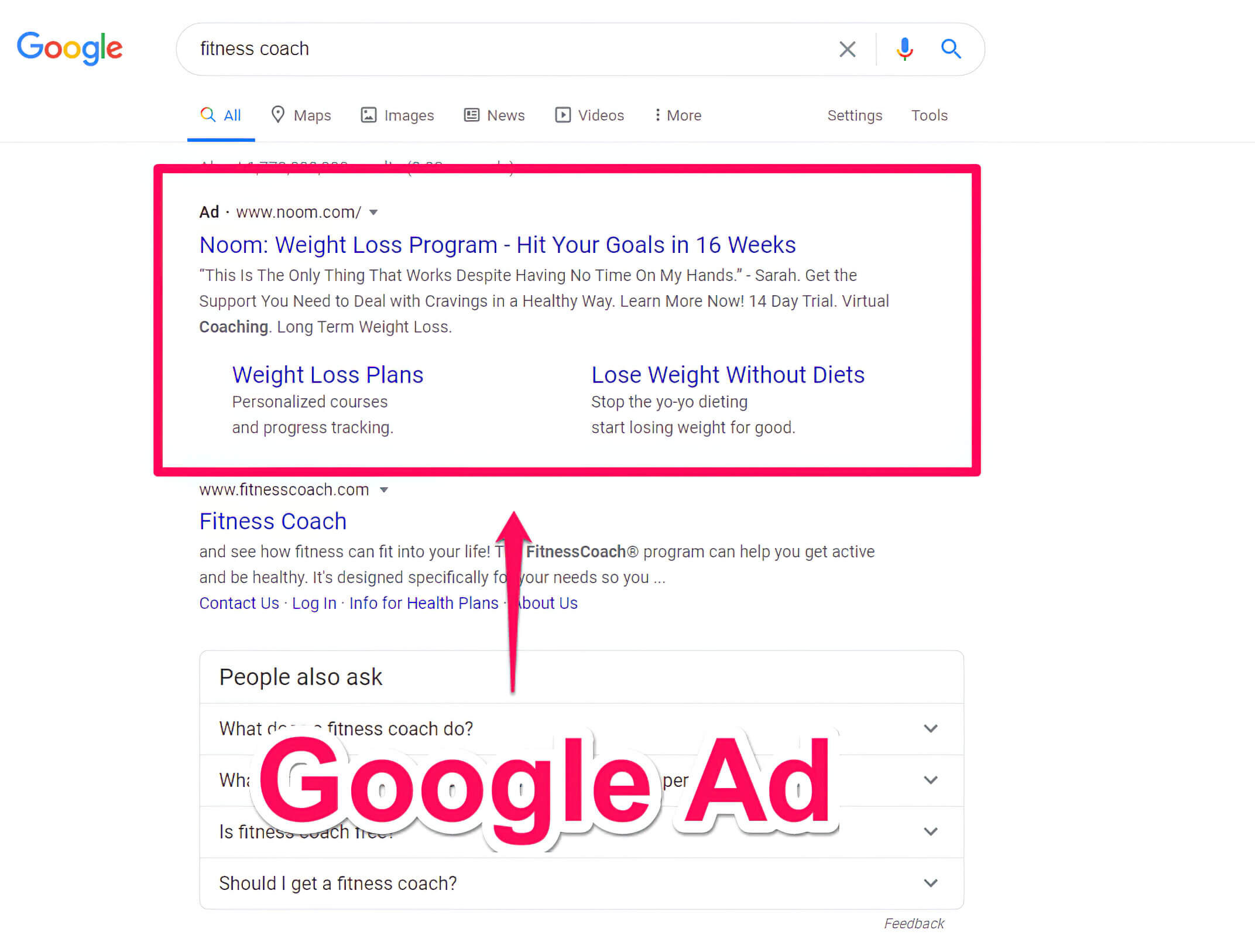
The goal is to find the best plumbing service and compare different organisations before choosing one. On the other hand, paid ads promote a particular company and highlight why they are the best, which isn’t what you’re looking for.
You can cash in on this gap between keywords and search results by looking at the first organic search result. The top organic websites usually answer the question — why are people looking for the best plumbing service? Their content or category pages are streamlined according to the search intent, which also suits Google since it provides quick results.
While paid ads talk about one organisation, organic results discuss multiple options. The former doesn’t get as many clicks because it fails to solve consumers’ queries. But even a low-domain authority with proper keyword research and relevant ads can outperform the big boys.
The key is to design the content based on top organic results and match searchers’ intent.
3. Write More
Don’t pack too many keywords onto a single page; space them out and keep 1-2 keywords per post. This means you will have to write more blogs to use most of the target keywords and increase the chances of appearing on page 1.
We have seen that a website with more content has more chances of attracting traffic through inbound links since a higher number of pages get indexed. We recommend writing more than 16 blog posts a month, but creating quality content also depends on the length of an article.
Most of the websites on the first page of Google have content worth more than 2,000 words, with the best blogs having over 2,450 words. In other words, consumers are searching for in-depth information to solve their queries, and hastily written articles will not fit the bill.
But if you struggle to write more while simultaneously managing the website, hire dedicated content creators and marketers. Content marketing costs less than other forms of online marketing and generates more leads. Remember to add images, videos, graphs, etc., to make the content more appealing to readers.
The blogs should be unique and provide value to readers for spending time on your page. Websites with high click-through rates regularly optimise their content, especially the meta descriptions and headlines, to attract more customers.
Let us make things easier if all this is too technical for you. Think of a catchy headline different from what people usually find, like — Why You Shouldn’t Write Blog Posts. It will inevitably lead to more clicks and topics, like “5 Best Ways To…” provided the blogs solve consumers’ queries and align with your business goals.
4. Reviews And Round-Ups
As mentioned earlier, spending money on Pay-Per-Click ads to achieve page-one rankings on Google isn’t always the best method. While writing in-depth blogs is crucial, it’s not ideal when you spend too much money and time ranking for target keywords.
Work smart by targeting those searching online with strategic postings and focusing on getting featured on round-up posts with minimal effort. It’s easier than appearing on page 1 of Google through Ads and organic rankings, but what are round-up posts?
These are compilations of industry products or services with the heading “10 Best...”, “How To…”, or “You Must Read.” You can change things up and curate content for a niche audience, but take inspiration from round-ups to analyse and review the top services.
Some people even call it free advertising, and you can reach thousands of customers, provided you create a top-ranking post. Suppose you want to feature your tool on a blog post about the best SEO tools, like Google Search Console, for monitoring performance and other metrics.
The article should contain info about the pros and cons of each tool and how people can use them. Ranking high on these posts will generate more traffic, and since you already know what consumers are likely to search, thanks to keyword research, aid your business goals accordingly.
Try to get your tool featured on most of the comparison posts that appear higher on the results, and the traffic should be huge. Additionally, the chances of people buying the product increase, and you don’t have to spend valuable resources when languishing in the shadows.
This will help your brand take centre stage and enhance your reputation.
5. Focus On Location
An easy way to increase website rankings and appear on the first page of Google is by focusing on one geographic location. Your aim should be to answer location-based queries, so add the relevant info to the website, such as -
- The geographic area where you operate, including the city
- Update the contact page
- Create blogs and service pages based on your area of operation
You will learn this value when people search for the industry you’re operating in and type their preferred location. Following this, Google will list your website as a “near me” result.
For instance, “plumbing services in Melbourne” will generate more hits for your page when you deal with plumbing-related topics in Melbourne. We have also seen websites with no particular location attracting traffic because Google reads users’ IP addresses to rank relevant websites.
Local SEO tactics are essential to promote your brand, and, most importantly, they are free.
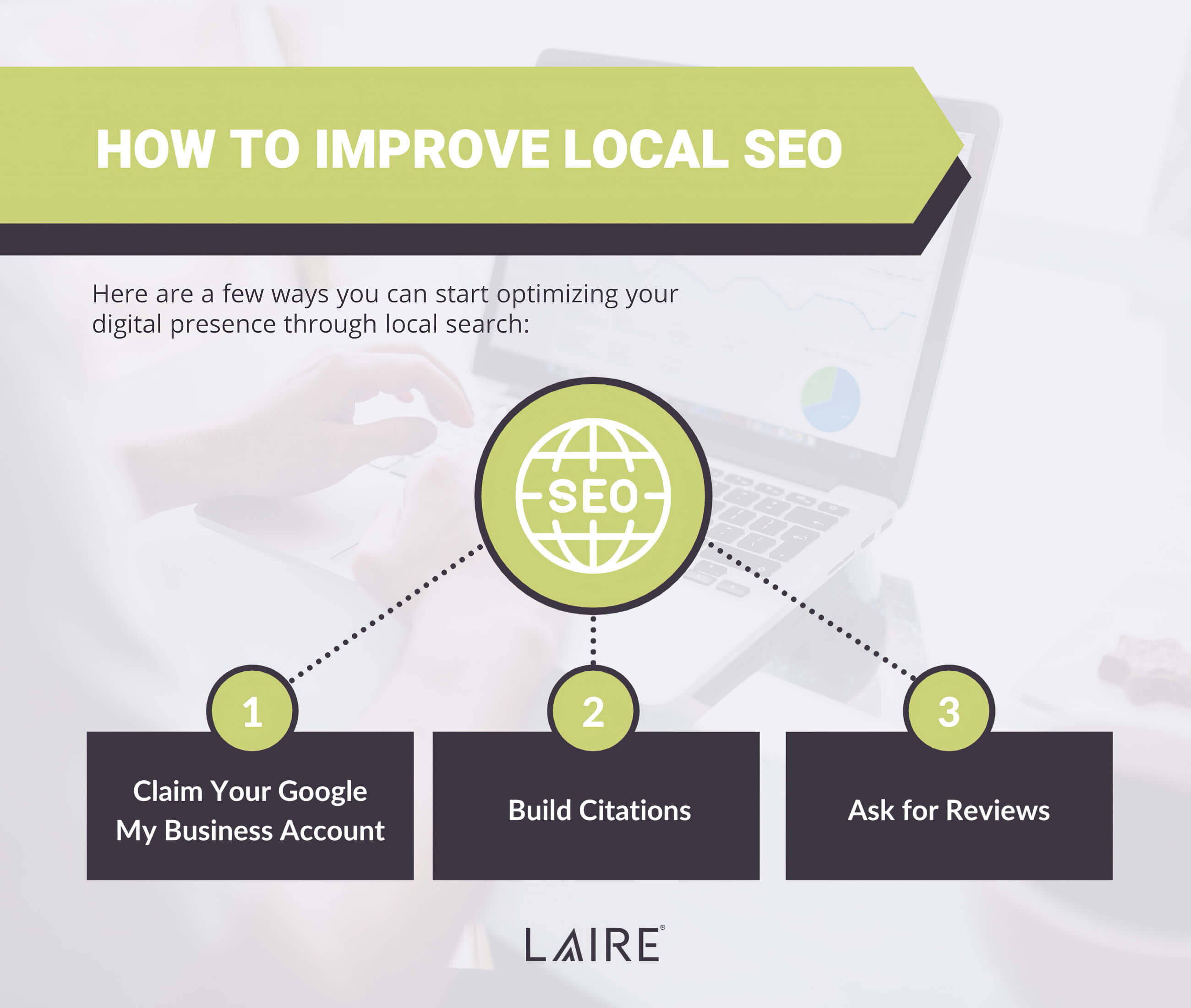
6. Choosing Relevant Keywords
Why are we discussing keywords again when we have already discussed long-tail keywords? There’s more to it than that, and determining which keywords are essential for your business will help you adjust your tactics.
The first step is to make sense of your business goals and decide what you want the website to achieve before choosing the keywords. These are basic questions or common phrases your target audience types to solve their queries.
Ensure every page on your website has specific keywords to target so they don’t interfere with each other. However, the most important step is to make the website easily scannable so that Google knows your keywords.
The search engine crawls across the web and ranks millions of pages while storing the information in a database. When people enter a query, finding the relevant content from this database becomes easier than scanning the entire web.
For Google to scan, retrieve, and index your website, add suitable keywords in the following places:
A. Meta Title
All website pages have a meta title, which, in simple terms, is the heading. It appears at the top of the blog post and as the page title of that website’s listing to grab search engine users’ attention. However, the latter might not be true in some cases, depending on the CMS settings.
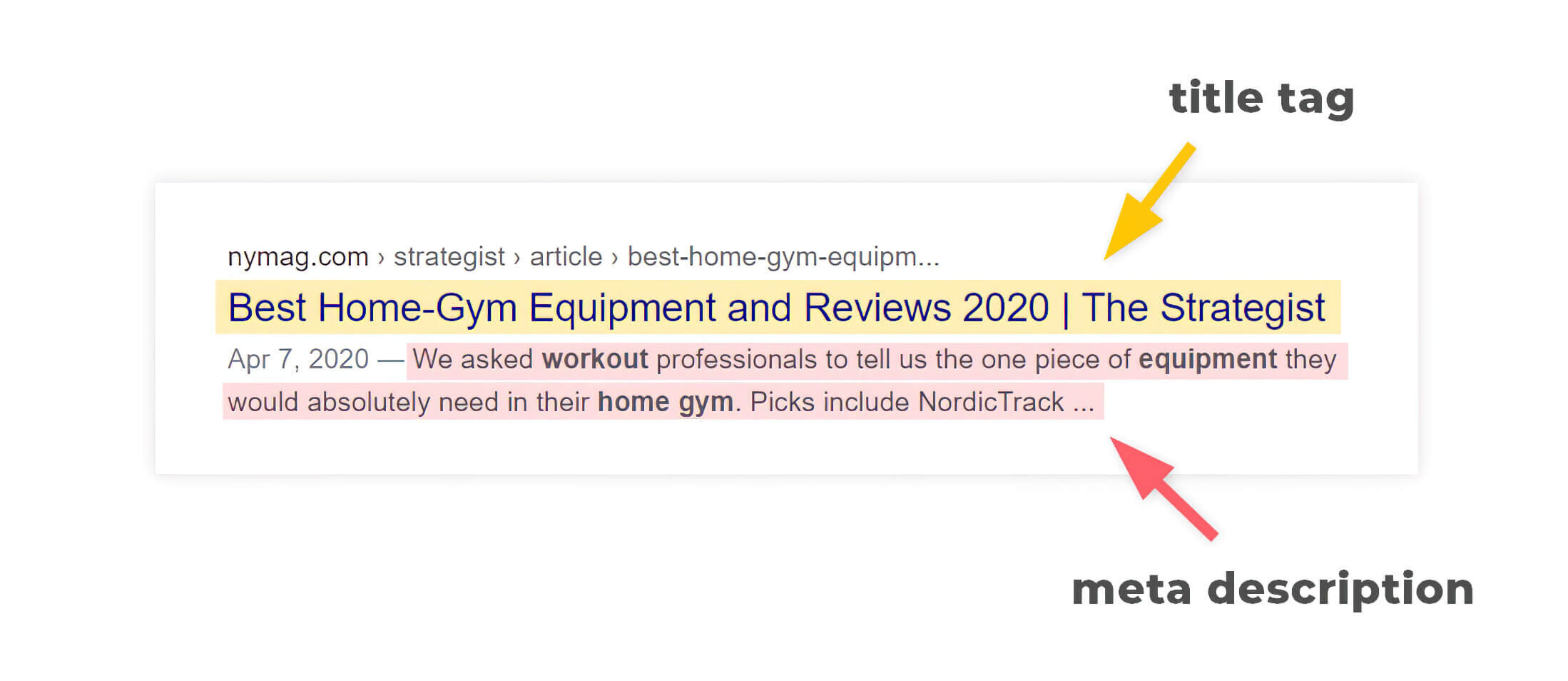
B. Meta Description
Just below the title is the meta description, highlighting only a few words of the page’s content for Google to know what the page is about. More importantly, it helps people know quickly what they can expect from your page so they can decide whether to visit the website.
This attracts relevant users who can convert in the long run and increases your website’s reputation. In short, a well-written meta description allows Google to rank your website on the first page for relevant searches.
C. Page URL
You may not have given it much thought, but the page URL is crucial for your website to rank higher. All URLs have a forward slash followed by a domain name and a series of texts separated by dashes. We recommend including informational intent keywords in the URL for Google and searchers to quickly determine the webpage’s relevance.
While you’re at it, ensure that the page URL structure matches the title as closely as possible. A clean URL has a better chance of making it to the first page of Google and appears trustworthy to users.
D. Title Tags
Alt tags are text alternatives that help Google see images it otherwise can’t understand. Because it’s important to have images on a page, add some keywords to the title tag descriptions so that Google finds the website more relevant. This will allow you to rank higher on the first page and not just appear on it.
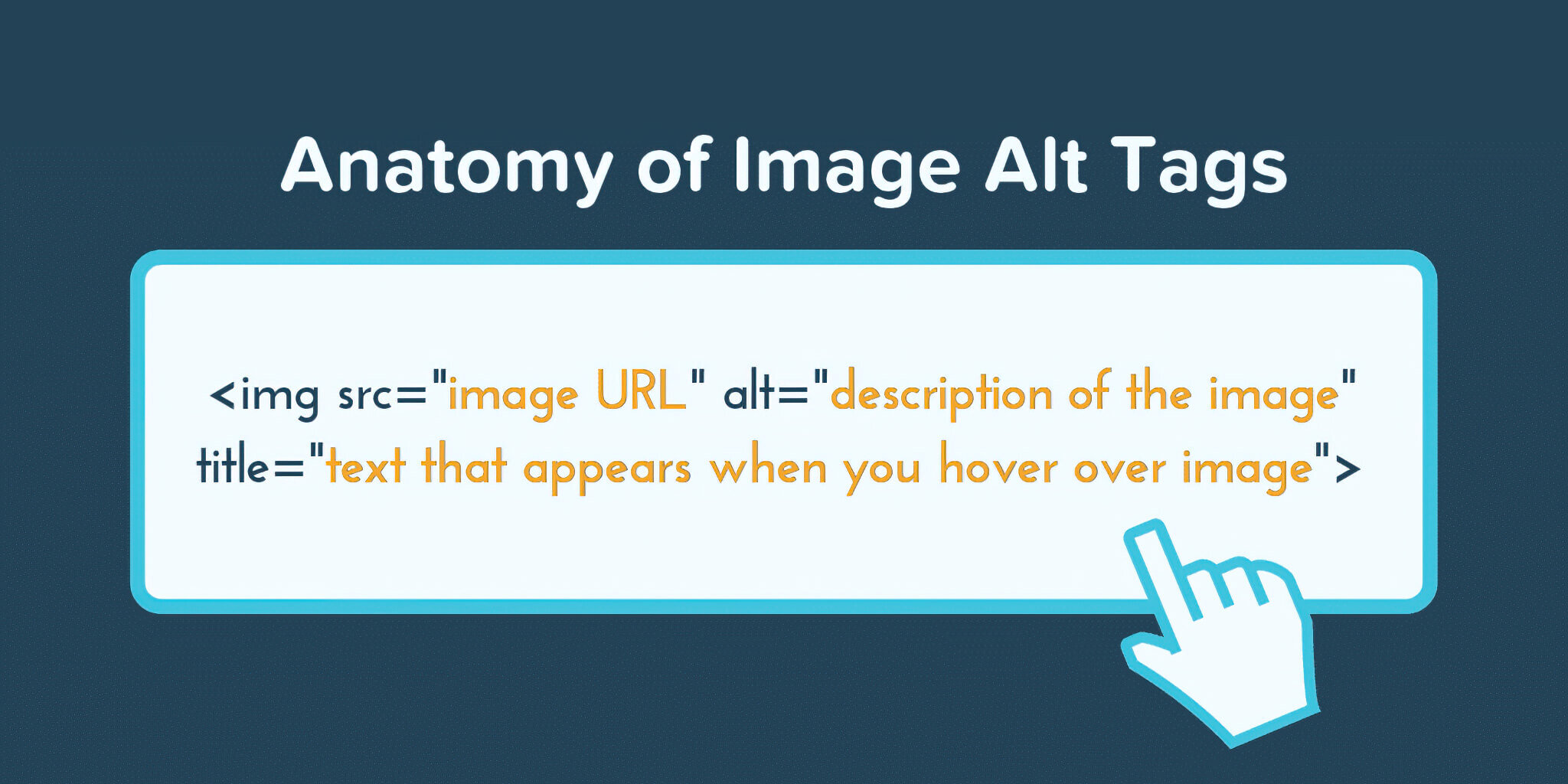
7. Mobile-Friendly
Look at fellow commuters to understand why a website must be user-friendly on all devices. Isn’t everybody deeply engrossed in their phones, even while on the way to/from work, blissfully oblivious to their surroundings?
Since more people are consuming content on their mobile devices, it’s nearly impossible to rank on the first page if the website is unresponsive and unavailable on portable devices. Mobiles now contribute to a large portion of local searches, and Google ranks sites based on their mobile-friendliness.
So, what does responsive mean? It ensures your website is visible on all screen sizes without losing functionality or effectiveness. That’s why it’s necessary to keep making adjustments and improvements to deliver an unmatched user experience.
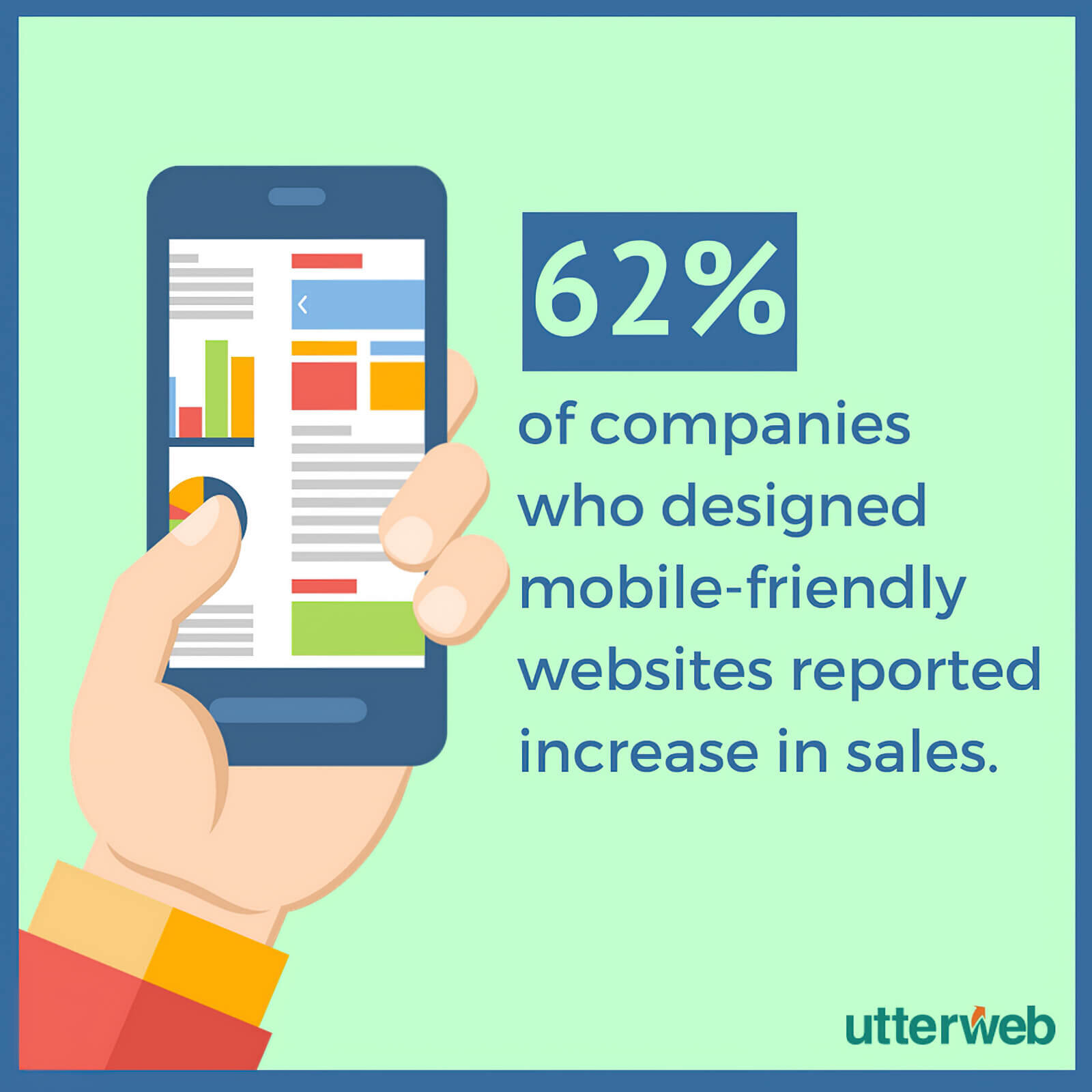
8. User Experience
A mobile-friendly site is just one aspect of the user experience, and you need to focus on several areas for people to get value for spending time on your site. We have shortlisted a few ways to efficiently increase click-through rates for your site, which will, in turn, lead to a higher rank on the first page.
- Call-To-Action buttons
- Intuitive navigation
- Prompt response to consumers’ queries
This will ensure people spend longer on your web pages while you attract organic traffic, which will allow the business to flourish.
9. Clarity Of Thought And Expression
Writing lengthier blogs and informative content to promote your local business is important, but there’s a catch. Remember your target audience and their purpose for reading the articles on different pages.
We have seen that people often get carried away while writing and try to sound flashy or beat about the bush before arriving at the main topic. These are ways to lose customers because all readers want an answer to their queries ASAP.
If they wanted to read flashy texts and over-the-top descriptions, wouldn’t they just read a novel? Also, avoid stuffing a page with too many keywords, as it will have the opposite impact on search engines like Google.
Google’s latest algorithm can detect keyword stuffing and will inevitably rank your site further down the ladder. So, the trick is to write straightforward, factually correct content that’s easy to understand for the target audience to keep visiting.
Write in a conversational tone and ensure you provide relevant information related to the target keywords rather than simply filling the page with irrelevant keywords.
How To Get Business Websites On Page 1
After our overview of ranking websites on the first page of Google, we will now tell you how to grow your local business in this section. The following points should help a business website rank higher, but there are certain adjustments you will need to make.
1. Creating A Business Account On Google
One of the best ways to grow your business is through free tools, among which the most popular right now is Google My Business. A Google My Business account allows you to showcase your business on local searches, usually highly intent.
It’s an easy and quick technique to achieve a higher rank, while you can add more information to your profile to increase its appeal. Remember to verify the listings to optimise, maintain, and monitor your business profile when needed.
2. Optimising The Business Profile
Optimising your GMB profile is essential because simply creating a business profile isn’t enough, and you need to increase your visibility to rank higher. Unoptimised profiles show up in 1-2 searches at most, while an optimised business page has greater visibility and proves more appealing to target customers.
3. Add Relevant Info
Take care to ensure that each section of the profile is complete and offers in-depth information to consumers. An unwritten rule is that having more information about the business will lead to more searches and higher chances of ranking on the first page. We have seen that an adequately curated Google My Business Profile will likely get more clicks than all the other pages.
4. Update The Info
When entering your details, ensure you always use the same name for the business. Just as we are writing “info” and not “information” while discussing these points, don’t use “Co.” and “Company” interchangeably, as Google’s algorithm fails to understand the similarities.
But your job doesn’t end after launching the business profile. It’s important to keep updating and making changes to deliver a seamless experience. When people fail to find the website, see that it’s down, or can’t contact customer care, it hampers their experience, which leads to negative reviews and a lack of trust.
In such a scenario, Google tracks all this and ranks your business profile lower.
5. Use Photos
No business profile is complete without photos because there are fewer better ways to engage with customers. You can describe the business atmosphere and consumers’ experience with photos rather than writing endlessly about your products and services.
This ensures you can make it to Google’s first page since Google My Business Listings provides detailed information about a business even if you have never seen it.
6. Customer Reviews
Most people do their research before deciding on anything, and the same is true when choosing a business. Consumers invariably check out the reviews others left for a business listing, and the ones with more positive reviews always appear on top.
No reviews also prove detrimental because you can’t compete with businesses that get positive responses. We suggest you create a review link or personally ask customers to rate their experience so you can make adjustments according to consumer demands.
Besides optimising the listing, positive reviews for your business on other review pages increase the ranking.
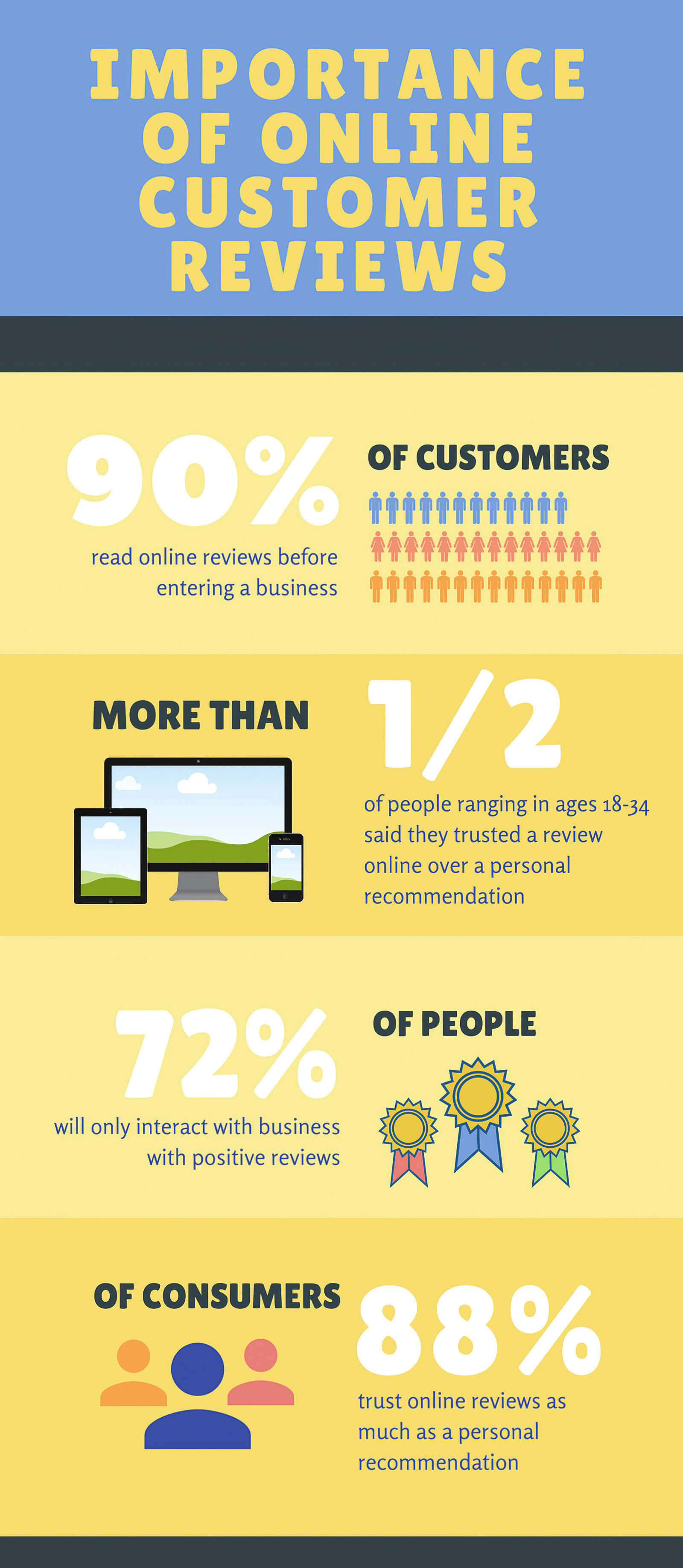
7. Expand The Business Directory
Speaking of other review pages, it would help if you increased your business’s presence on sites like Yelp (here is a full list of Australian websites). Your Yelp business page may find a spot on the first page of Google for a relevant search query. Optimising the business profile on popular directories that receive high traffic will enable Google to trust it.
Also, when trustworthy websites link to your profile or get mostly positive reviews, these things figure into Google’s algorithm and boost a business’s online presence. Even for the other online listings, complete all the sections, add relevant info and photos, and keep updating them for the best results.
Additional Tips And Tricks
The above points should cover most of the things you must remember for a website to rank on the first page. But here are some additional tips that often make the difference.
1. Backlinks
Determine how many backlinks you will need because there is a direct connection between backlinks and organic search traffic. We know that the more high-quality backlinks you have, the higher the chances of ranking close to the top. But there’s no way to know how many backlinks will get your website on the first page of Google.
You can use Keyword Explorer tools to search for target keywords that will display the Keyword Difficulty score and the estimated backlinks. Another technique is using Google Analytics to get an overview of the SERP for information about referring domains.
It would be best to search for multiple keywords to identify the number of backlinks needed for a top ranking on the first page of each search.
2. Internal Links And Link Building
Having relevant backlinks is only half of the job, and you need to spend considerable time on link building. We have seen that both backlinks and internal links boost a page’s authority, and you can usually tell by conducting a simple Google Search.
Type the following in the search bar:
site: the name of your website.com “target keyword”, which looks something like this — site:mybusiness.com “search engine journal.” (This is just an example, and we are not promoting any site; the name is completely random).
The result will display all the web pages on your site having the same keyword, so you build inbound links to lend credibility to the website.
3. Barnacle SEO
Sometimes, no matter what you do, it becomes challenging to outrank the big boys, even with all the techniques we discussed. But that doesn’t mean the end of the world since you can apply barnacle SEO tactics that involve using the top sites to leverage your brand.
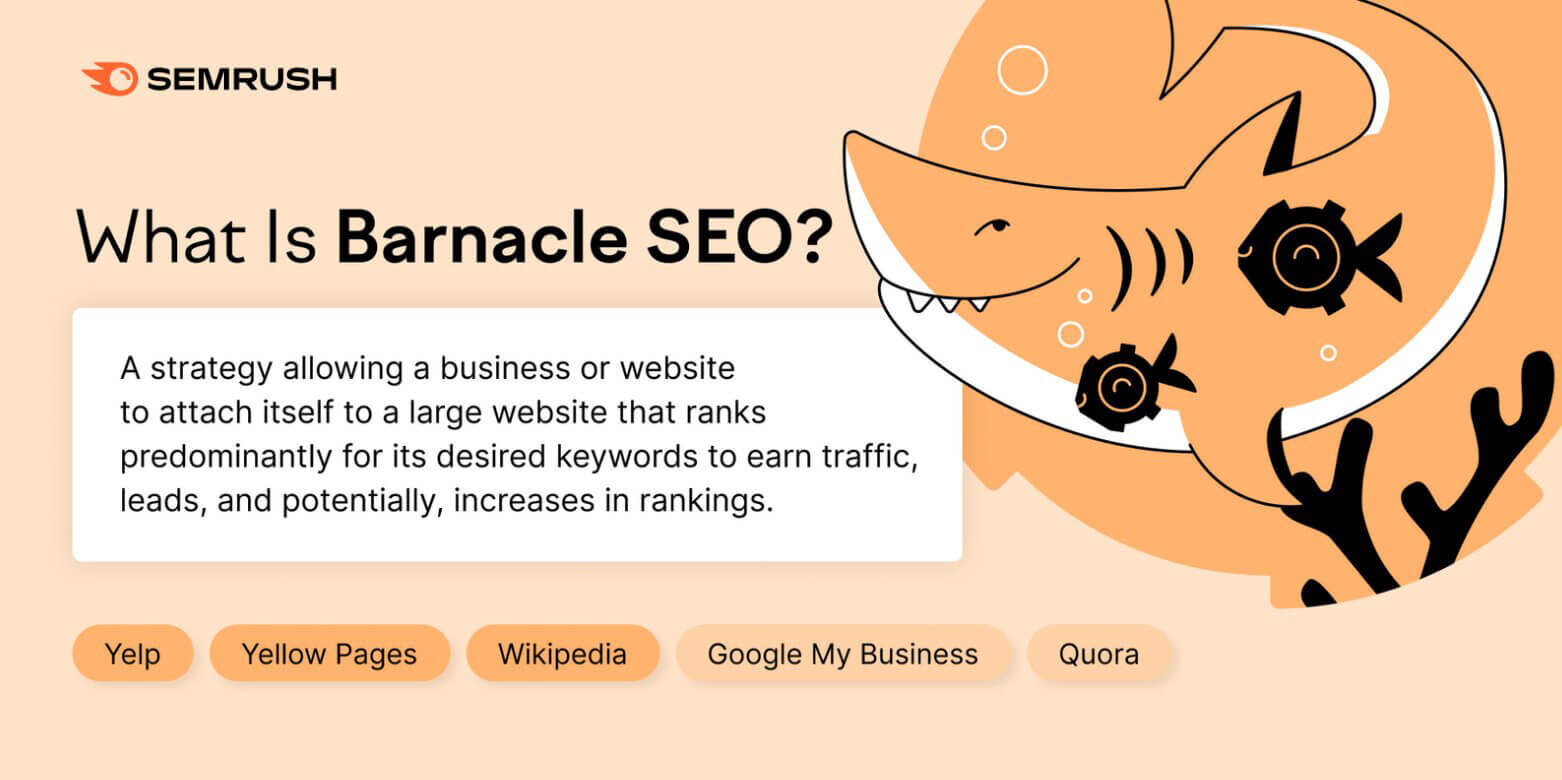
Rather than competing with them, use the dominant websites to gain traction and organic traffic. For example, ask people to leave reviews on popular travel business websites if you have a travel page.
4. Parasite SEO
Another technique is parasite SEO, whereby you can once again bank on the top sites to rank for competitive keywords. Usually, these keywords are only used by the top sites given their resources, so they have the maximum chance of ranking for such words.
Reputed brands with a high domain authority often welcome guest posts, which is your window. You can send them quality content for competitive keywords to rank higher.
Ranking Your Website On Page 1 Of Search Engines
Ranking on the first page of Google takes time, and several tactics can be employed to achieve the desired result.
But as they say — getting to the top is more straightforward than staying on top, and that’s what your focus should be. Once you break onto the first page, don’t let your guard down or take it easy because things can quickly go south.
You have spent so much time and resources on making it to page 1; why would you slack off and let months or years of hard work go to waste? To stay relevant, keep innovating and improving the website to occupy the first page and rank higher among the search results for many years. Take time to implement strong internal linking structures along with your keyword research and aim for that featured snippet.
It can be challenging to get started on your own sometimes. Our team at sitecentre® is committed to helping you. We can take your business to the top with innovative digital marketing strategies, experienced content writers, and successful Google Ads campaigns. Find out how we can help you by contacting our team today!

